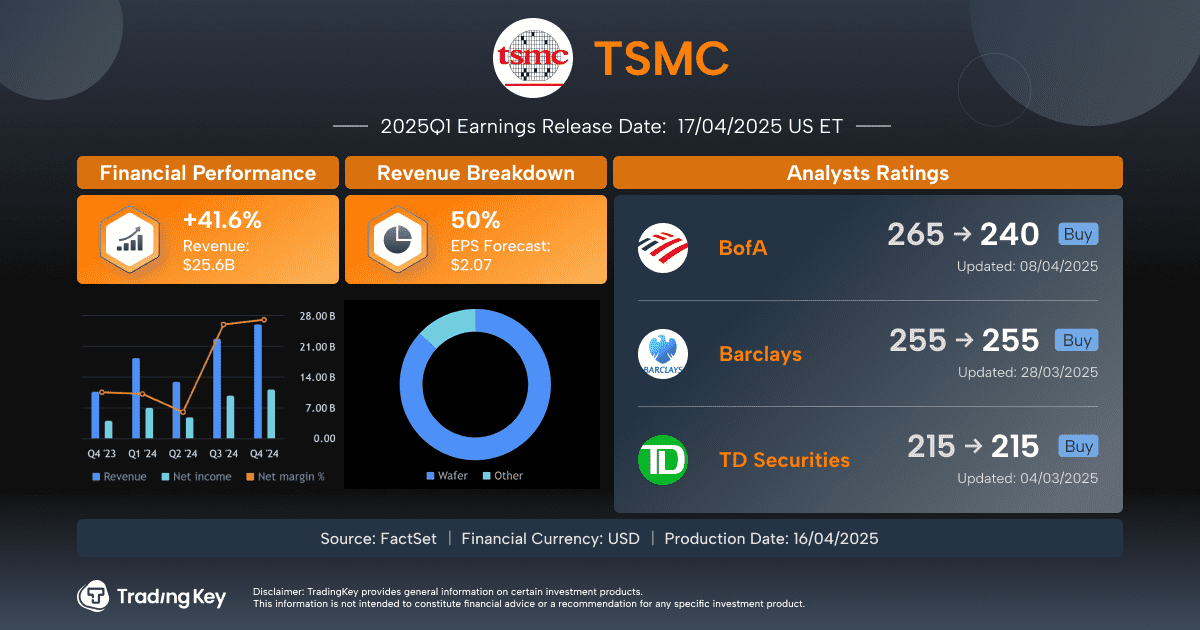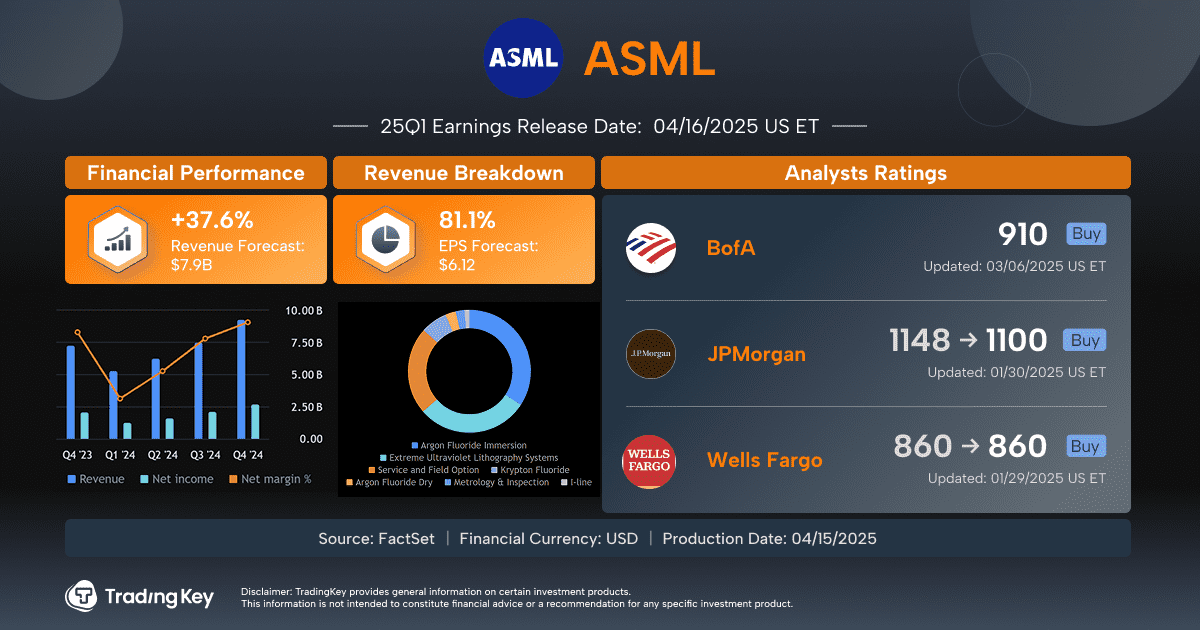China's yuan slips as tariff uncertainty casts cloud over outlook

SHANGHAI, April 14 (Reuters) - The yuan fell against the dollar on Monday, following a bounce from a 2007 low last week, as broad weakness in the greenback was offset by uncertainties around U.S. tariffs on China that darken the outlook for the Chinese currency.
Since President Donald Trump announced reciprocal tariffs on April 2, leading to tit-for-tat duties on each other's goods, developments in trade relations between the world's two largest economies have been the key factor influencing the yuan.
Although the White House exempted smartphones and computers from reciprocal tariffs, Trump warned that levies were still likely at some point.
"We expect stimulus measures to pick up as policymakers act to help offset the headwinds from the trade war," said Win Thin, global head of markets strategy at Brown Brothers Harriman.
"However, we continue to expect authorities to continue leaning against excessive yuan weakness."
A weaker yuan would make Chinese exports cheaper. However, a sharp decline could also increase unwanted capital outflows and risk financial instability, analysts and economists said.
As of 0255 GMT, the onshore yuan CNY=CFXS was 0.23% lower at 7.3095 per dollar. It hit a trough of 7.3518 on Thursday, a level last seen during the global financial crisis. The yuan has lost about 0.6% since April 2.
The offshore yuan CNH=D3 traded at 7.3149 around 0255 GMT, down about 0.45% in Asian trade.
Prior to market opening, the People's Bank of China (PBOC) set the rate CNY=PBOC, around which the yuan is allowed to trade in a 2% band, at 7.2110 per dollar, the weakest since September 11, 2023.
That was 23 pips weaker than the previous fix and 1,141 pips firmer than a Reuters' estimate CNY=RTRS of 7.3251.
The PBOC has slightly loosened its grip on the currency since last week by allowing official guidance to weaken past the key threshold of 7.2. However, it came in much stronger than market projections, which traders interpreted as an official attempt to keep the yuan steady while allowing some flexibility to counteract tariff shocks.
"While a weaker currency may boost export competitiveness slightly, the scale of the move required to offset the large tariffs would also run the risk of increased capital outflow pressures," analysts at Goldman Sachs said in a note.
"Given the focus on FX stability, particularly on managing the speed of depreciation, we currently maintain our forecast range of 7.30-7.35," they said, adding that a further escalation in trade conflicts could pose more depreciation risks on the yuan.
On Monday, China's exports exceeded expectations, with March shipments rising 12.4% year-on-year in value terms and imports contracting. Over the weekend, data showed new bank loans in China rebounded more than expected in March.
China's economy likely slowed down in the first quarter while 2025 growth is expected to lag last year's pace, a Reuters poll showed, ramping up pressure for more stimulus as surging U.S. tariffs threaten to deal a damaging blow to the Asian giant.
First quarter gross domestic product (GDP) data and activity indicators are due on Wednesday.
LEVELS AT 0255 GMT:
INSTRUMENT | CURRENT vs USD | UP/DOWN(-) VS. PREVIOUS CLOSE % | % CHANGE YR-TO-DATE | DAY'S HIGH | DAY'S LOW |
Spot yuan CNY=CFXS | 7.3095 | -0.23 | -0.14 | 7.2982 | 7.3121 |
Offshore yuan spot CNH=D3 | 7.3149 | -0.45 | 0.29 | 7.278 | 7.3153 |




